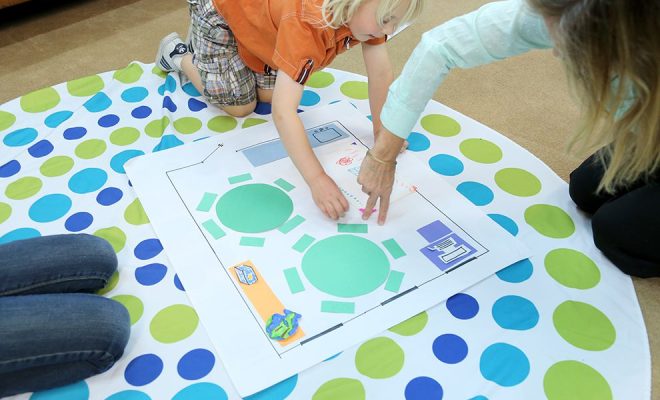My Students’ Cameras Are Off—Here’s How I Keep Them Engaged
Introduction:
In the age of remote learning, one common challenge that teachers face is students keeping their cameras turned off during virtual classes. While it can be disheartening to see a sea of black screens, there are strategies that educators can employ to keep students engaged and ensure a productive learning environment. In this article, we will discuss several effective methods that teachers can use to engage students even when their cameras remain off.
1. Establish a Welcoming and Supportive Environment:
Creating a safe and inclusive online classroom environment is crucial for engaging students who have their cameras off. Start each class with a warm greeting, allowing students to feel valued and recognized. Encourage respectful communication and provide opportunities for collaboration, so students feel comfortable participating, even without their cameras on.
2. Use Interactive Learning Tools:
Utilize various interactive learning tools that promote engagement and active participation. Platforms like Kahoot, Mentimeter, or Poll Everywhere enable teachers to pose questions, conduct quizzes, or collect feedback real-time. These tools not only make learning enjoyable but also encourage students to actively contribute, regardless of their camera status.
3. Incorporate Visuals and Multimedia:
Integrate visuals and multimedia content into your online lessons to captivate students’ attention. Share engaging educational videos, interactive presentations, or visually appealing infographics to convey information effectively. By providing diverse visual stimuli, you can ensure that students remain engaged and absorb the material regardless of their camera being off.
4. Facilitate Group Discussions and Peer Interactions:
Encourage group discussions and peer interactions to foster collaboration and active learning. Break class into smaller groups using breakout rooms, and assign them relevant discussion topics or group projects. By promoting student-to-student interaction, you create an inclusive learning environment where everyone’s voices are heard, even if their cameras are off.
5. Offer Personalized Feedback and Support:
Provide personalized feedback and support to each student to keep them motivated and engaged. Assign individual tasks or projects and provide timely feedback to foster a sense of progress and accomplishment. Offering individualized attention helps students feel valued and encourages active participation, irrespective of their camera status.
Conclusion:
While having students with cameras off can present challenges, it doesn’t mean that engagement and active learning are impossible. By implementing the strategies mentioned above, teachers can create an inclusive and engaging virtual classroom environment where students feel motivated to participate and excel in their learning journey. Remember, even without cameras on, students can still actively contribute and benefit from the remote learning experience.






